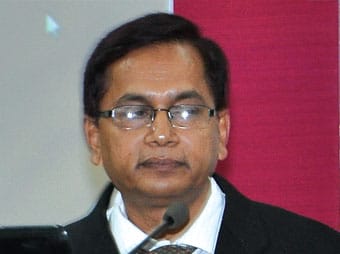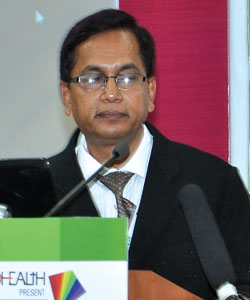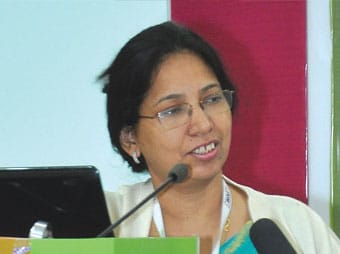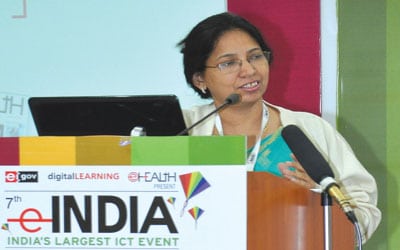Prof M Aslam, Vice Chancellor of the Indira Gandhi National Open University (IGNOU) opened for use by schools of studies a new academic building of 6000 square meters to accommodate 11 schools of the university. The building, comprising of ground, first and second floor has been constructed in association with RITES Ltd. as project management and architectural consultancy to the university.
The Vice Chancellor handed over the space allotment letters to the Directors of seven Schools to shift in the new building. Seven schools are School of Gender and Development Studies (SOGDS), School of Journalism and New Media Studies (SOJNMS), School of Translation Studies and Training (SOTST), School of Foreign Languages (SOFL), School of Vocational Education and Training (SOVET), School of Extension and Development Studies (SOEDS) and School of Performing and Visual Arts (SOPVA).
Along with the space for 11 schools, the building has the provision for 14 class rooms, two committee rooms and six storage rooms with a cafeteria.
According to the Chief Project Officer (CPO) of the university, Sudheer Reddy, the building has been completed in time and is well equipped with all the facilities needed for effective functioning of the Schools.



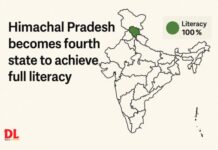
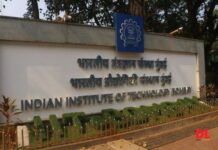

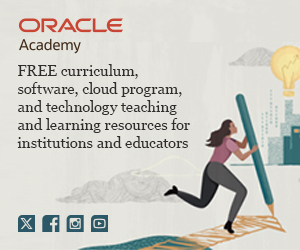

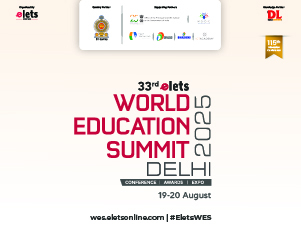

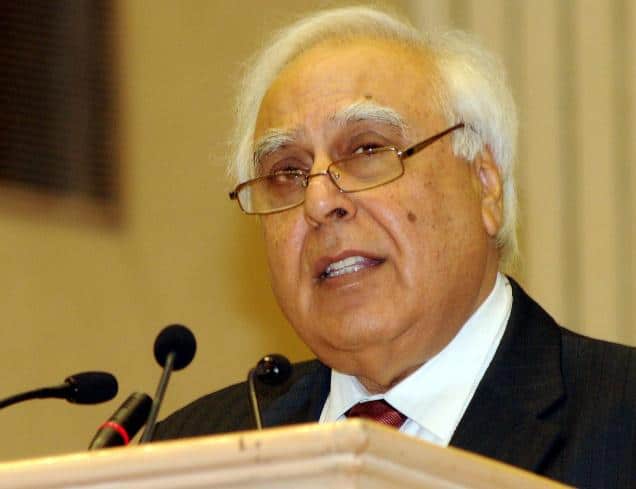


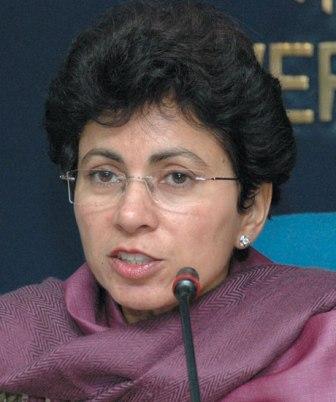
 The Culture and Housing and Urban Poverty Alleviation Minister Kumari Selja has inaugurated Leadership Training Programme for in-house Museums Professionals. There are over a thousand museums in India, both large and small. Over 90 percent of these are funded and maintained by the Central and State Governments and few renowned museums have also been set up through private efforts. The Archaeological Survey of India itself manages 44 site museums located near important historical sites, some of them in the remotest parts of the country like Dholavira and Lothal in Gujarat and others at well-known World Heritage Sites such as Agra.
The Culture and Housing and Urban Poverty Alleviation Minister Kumari Selja has inaugurated Leadership Training Programme for in-house Museums Professionals. There are over a thousand museums in India, both large and small. Over 90 percent of these are funded and maintained by the Central and State Governments and few renowned museums have also been set up through private efforts. The Archaeological Survey of India itself manages 44 site museums located near important historical sites, some of them in the remotest parts of the country like Dholavira and Lothal in Gujarat and others at well-known World Heritage Sites such as Agra.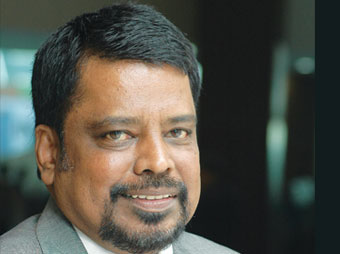
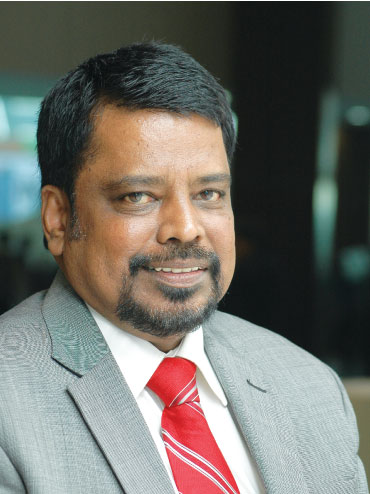 When we have a fully online system of learning, students will be able to access educational content without having to come to classroom
When we have a fully online system of learning, students will be able to access educational content without having to come to classroom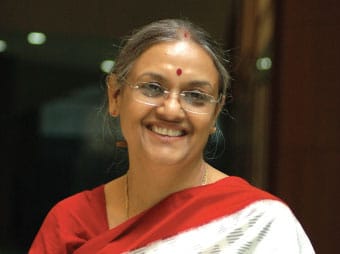
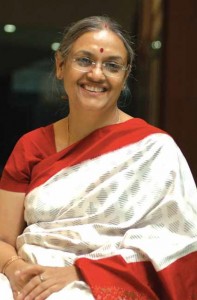 Assessment is a process of interpreting evidence on basis of which the teachers can decide where the learners stand in their learning
Assessment is a process of interpreting evidence on basis of which the teachers can decide where the learners stand in their learning